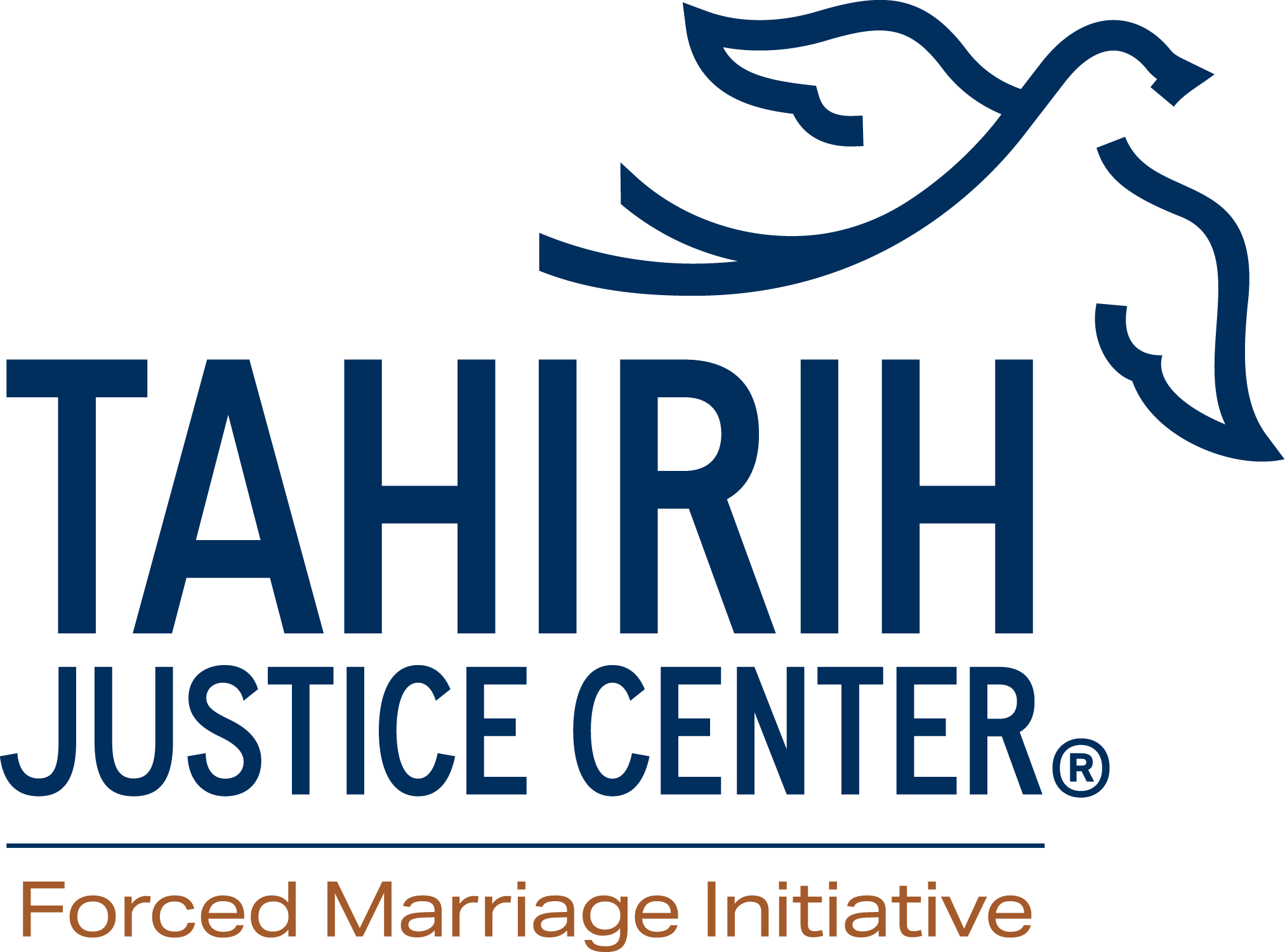Forced Marriage Overseas: Philippines
Overview
Individuals from the United States may face certain challenges if trying to avoid and/or escape a marriage in the Philippines. Human trafficking, rape, and other forms of violence against women and girls remain common in country, despite laws and protections in place to prevent such abuses.
For further information and guidance for individuals from the U.S. that are facing or fleeing a forced marriage in the Philippines, please contact the Forced Marriage Initiative.
Marriage in the Philippines
Women and girls in the Philippines have certain limitations on their right to freely enter into or dissolve a marriage. The Family Code of 1987 governs marriage in the Philippines.1 The age of consent to marry is 18 for both men and women.2 The country is predominantly Roman Catholic, and is the only nation in the world that does not allow divorce. Annulment of marriage is available provided certain criteria are met, with the law specifically allowing for annulment in forced marriage situations.3 The Muslim minority (and other ethnic cultural communities) are allowed to enter into marriages without an official license, provided they are solemnized in accordance with their customs, rites or practices.4 The Muslim Law on Personal Status, based in Shari’ah law, allows marriage at the age of 15 years for males and at age 15, or onset of puberty, for females.5 Muslims are also able to divorce, with this process being more challenging for women than for men.6
There are no specific laws in the Philippines addressing child or forced marriage, and recent studies found that 14% of married women aged 20-24 reported that they were married before the age of 18.7 The minimum age of marriage for certain religious and ethnic communities may contribute to situations of early and forced marriages in country. In addition, the mail-order bride and human trafficking industries prevalent in the Philippines place women and girls at risk of being subject to forced marriages.8 Despite the enactment of an International Marriage Broker Regulation Act (which includes criminal penalties), the mail-order bride system continues to thrive as poverty in the Philippines worsens.9 Human trafficking is also a serious problem in the Philippines, with some victims forced into marriages.10
Potential Risks and Protections in Country
It is uncertain whether women and girls facing forced marriages would be able to access adequate protections in the Philippines. While there are laws protecting women and children from abuse, rates of violence against women and girls in the Philippines remains high, largely due to “entrenched patriarchal attitudes and imbalanced power relationships within the family.” The United Nations reports that of women in the Philippines who had been married, 18% have experienced physical and sexual abuse by their spouses, and one in five women over the age of 15 had experienced some form of physical violence.11
Women may have difficulty accessing legal protections through local authorities or the judicial system, particularly in smaller town or rural areas. A local women’s support group noted that in such localities, perpetrators of abuse sometimes use personal relationships with local authorities to avoid prosecution. There are reports that women who sought to file complaints through police were told to pay special fees before their complaints could be registered, and that in certain situations victims were pressured to settle their cases privately.12
Rape is also a serious problem in the Philippines,13 and may be under-reported due to cultural barriers, fear of social stigmatization and retaliation, and lack of confidence in the judicial system, among other reasons.14 Marriage of the victim and perpetrator will waive any criminal penalty imposed for the offense,15 which can also put rape victims at risk of forced marriages.
Special Challenges in Returning to the United States
Please check the entry and exit requirements for the Philippines for the most up to date information.
Get Help
- The Tahirih Justice Center Forced Marriage Initiative
We are available to help individuals from the United States who are facing or fleeing forced marriage in the Philippines, including providing phone, text, and email support, connecting with the U.S. government and local resources, and coordinating shelter and services back in the United States.
- The U.S. State Department
The State Department is available to assist U.S. citizens that are victims of forced marriage with replacement of travel documents and return travel to the United States. For updated information and travel alerts, please visit the department’s webpage on international travel in the Philippines. - U.S. Embassy Manila
Contact the embassy in the case of an emergency.
Tel: +(63) (2) 301-2000
Email: acsinfomanila@state.gov
REFERENCES
1 Republic Act 8533 (Family Code).
2 Republic Act 8533, Art. 5.
3 Republic Act 8533, Art. 45.
4 Republic Act, Art. 33.
5 Code of Muslim Personal Laws of the Philippines (CMPL), Presidential Decree No. 1083, Art. 16.
6 CMPL, Art. 47-53
7 UNICEF, Childinfo: Monitoring the Situation of Women and Children, Statistics by Area/Child Protection, available at 111.childinfo.org/marriage_countrydata.php.
8 UN envoy warns on human trafficking in Philippines, Agence France-Presse (November 9, 2012), available at http://globalnation.inquirer.net/55726/un-envoy-warns-on-human-trafficking-in-philippines (last visited February 4, 2014); Philippines: Legal system falls short on human trafficking, IRIN News, available at http://www.irinnews.org/fr/report/85378/philippines-legal-system-falls-short-on-human-trafficking (last visited February 4, 2014).
9 The Fight Against Violence on Women in the Philippines: The Gabriela Experience, available at www.un.org/womenwatch/daw/vaw/ngocontribute/Gabriela.pdf.
10 Department of State, 2006 Human Rights Report – Philippines, available at http://www.state.gov/g/drl/rls/hrrpt/2006/78788.htm; UNICEF, Reversing the Trend: Child Trafficking in East and South-East Asia (2009), available at http://www.unicef.org/eapro/Unicef_EA_SEA_Trafficking_Report_Aug_2009_low_res/pdf; UNICEF, et al., Paradox and Promise in the Philippines: A Joint Country Gender Assessment (2008), available at http://www.unicef.org.philippines/PHI_CGA_final_manuscript_August_2008.pdh.
11 UN Women, The Philippines, available at http://www.unwomen-eseasia.org/docs/factsheets/07%20PHILIPPINES%20factsheet.pdf.
12 Country Report of Human Rights Practices 2013-Philippines, available at http://ecoi.net/local_link/270789/385911_en.html.
13 See http://www.nationmaster.com/graph/cri_rap-crime-rapes.
14 Philippine Commission on Women, Amending the Anti-rape Law, Policy Brief No. 11, Strengthening the Provisions of R.A. 8353: Amending the Anti-Rape Law, available at http://pcw.gov.ph/wplas/rape .
15 Republic Act 8353, Art. 266-C.



